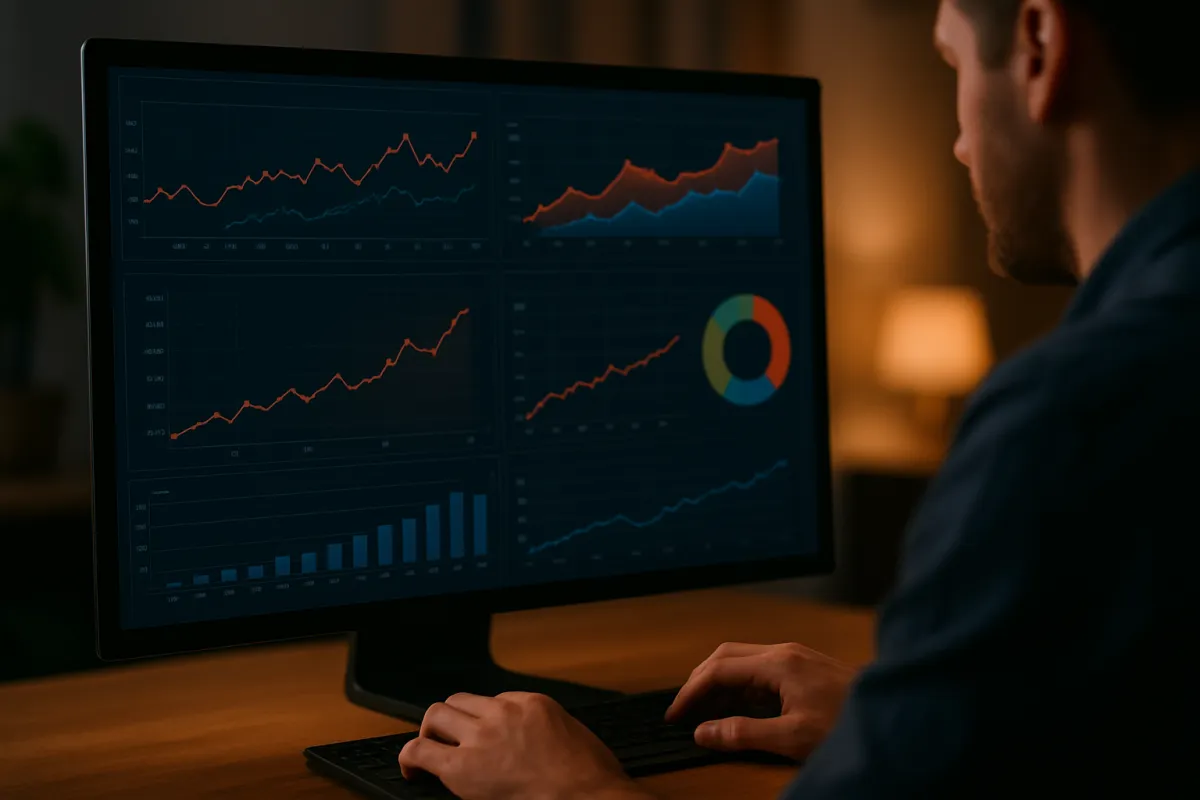
How to Align SEO and PPC for Maximum ROI in 2025
Why SEO vs PPC is the Wrong Question
Too many brands still treat SEO and PPC as separate channels, with different teams, budgets, and objectives. But in 2025, that’s a mistake.
The question isn't "Which is better?"
It’s: "How do we make both work better together?"
When aligned properly, SEO and PPC don’t compete; they compound each other’s impact. You get:
More SERP visibility
Higher quality traffic
Shared data to reduce waste
Better conversion rates
And faster insights to feed both sides of the funnel
Here’s how to build a performance loop between SEO and PPC - and what most businesses miss.
Step 1: Align Goals Across Teams
Whether you’re working in-house or with an agency, your SEO and PPC teams need to be chasing the same end goals:
Are you both focused on revenue or just traffic?
Are you targeting the same audiences and buyer journeys?
Are you clear on short-term vs long-term goals?
Without shared objectives, SEO focuses on content and keywords that drive rankings, but not sales. And PPC spends money on short-term clicks, but not long-term value.
Solution:
→ Set shared KPIs like: Qualified leads, ROAS, Revenue per visitor, Branded search volume
→ Hold joint strategy reviews every 30–60 days
→ Get both teams using the same CRM and analytics data
Step 2: Use PPC Data to Supercharge SEO
Your Google Ads and Meta Ads campaigns are full of real-time keyword and conversion data.
Instead of guessing what to rank for, use PPC data to inform SEO:
Which keywords convert best in ads? Target them organically.
Which ad copy gets the highest CTR? Use that in meta titles.
Which landing pages convert? Optimise SEO pages to match their structure.
Bonus: Run PPC tests on new product or category terms before investing time into SEO
Step 3: Share Insights from GA4, Search Console & Ad Platforms
Instead of having PPC in Google Ads, SEO in GA4/Search Console, and content in a vacuum, build a unified dashboard.
Track:
Branded vs non-branded search trends
Keyword crossover between paid and organic
Top-converting pages (paid vs organic)
Assisted conversions from organic before a paid sale
Overlap in device performance (mobile vs desktop)
Tools to use:
→ Looker Studio (formerly Data Studio)
→ Triple Whale or Northbeam (if eCom)
→ Emerge Reports Dashboard (if you're an Emerge client 😉)
Step 4: Bid Smart on What You Don’t Rank For (Yet)
If you rank #1 organically, do you still need to run ads?
Short answer: Yes, but selectively.
Studies show that running both SEO + PPC can increase CTR by 30–40% for competitive terms. But if you're tight on budget:
Pause PPC on terms you dominate organically
Double down PPC on pages where organic visibility is low
Use Dynamic Search Ads (DSA) to cover gaps in your SEO
This way, PPC becomes your "gap filler" and SEO becomes your moat.
Step 5: Retarget SEO Visitors with Paid Ads
Most organic visitors don’t convert on the first visit, especially for B2B or high-ticket eCommerce.
Use LinkedIn, Meta, or Google Display to:
Retarget blog readers with case studies or product ads
Push middle-of-funnel content to SEO visitors
Test creative variations based on SEO page themes
You’ve paid with time or money to bring that organic traffic in - don’t lose them after one visit.
Final Thoughts: It's Not SEO or PPC - It’s Growth
The businesses winning in 2025 aren’t asking “which channel is best?”
They’re asking how to make each channel perform better together.
Whether you’re running a £2M eCommerce store or a B2B SaaS company, blending SEO + PPC:
Shortens the path to ROI
Gives you faster insight loops
Builds compounding visibility
Want a Full SEO + PPC Growth Plan?
At Emerge, we build high-performance campaigns that integrate SEO and PPC - and track every stage of the funnel so you know exactly what’s working.
👉 Get in touch here if you need SEO/PPC help and we’ll show you how to blend SEO and PPC for maximum ROI.



